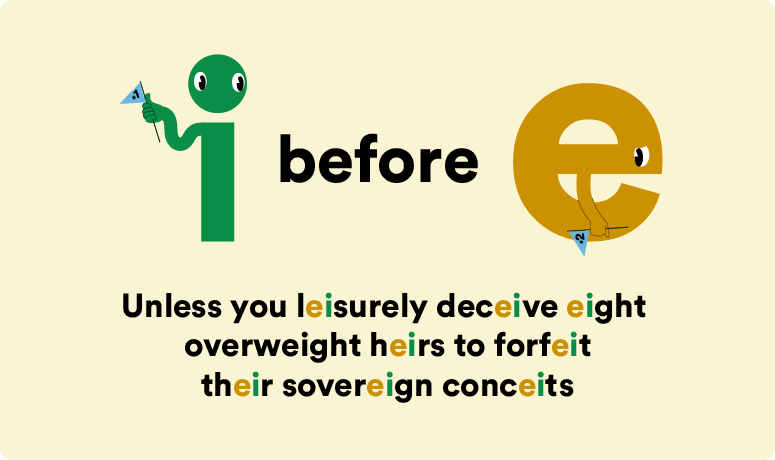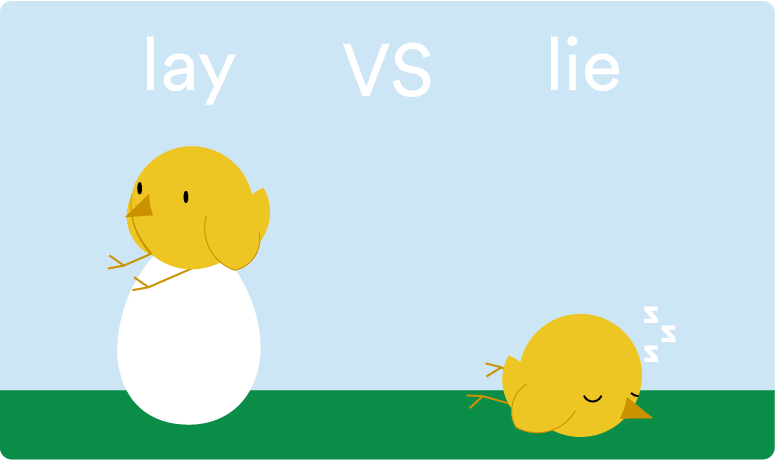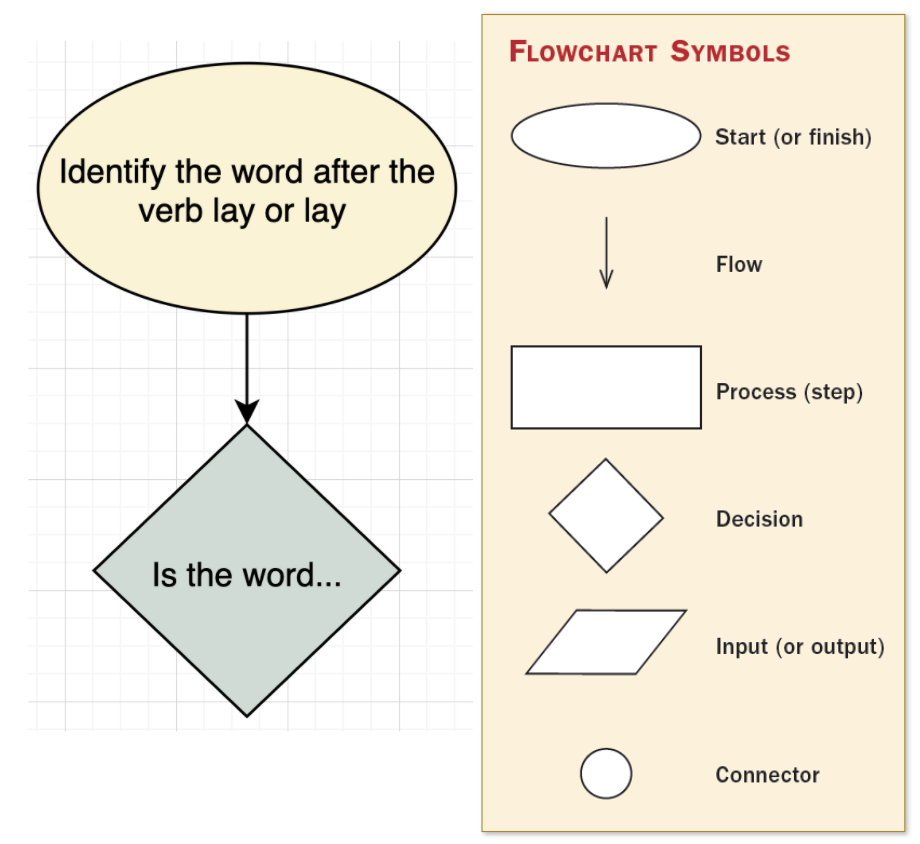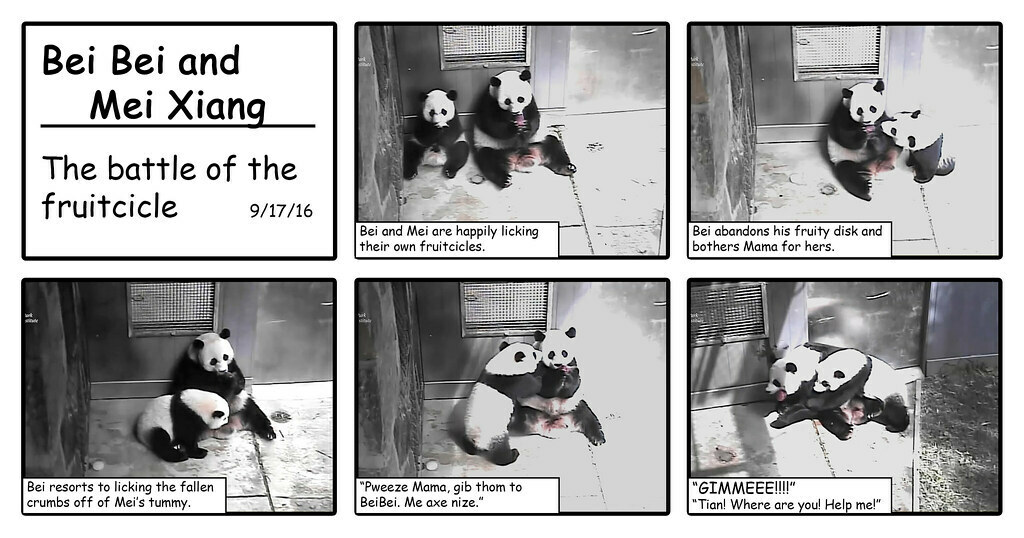LA Practice B1: Enhance writing by using algorithmic logic (Activity)
< Back to Building BlockWriting and speaking conventions help make communication between individuals clear and understandable. You may remember writing conventions such as I before E except after C or capitalize the first letter after a period.
Whether you are making a sandwich or writing a computer program, everything created by humans has gone through a process to become a final product. Written and spoken language are no different! Whether you ask “To whom shall receive a slice of pizza?” or exclaim “Y’all want pizza!?”, you have gone through a process to select specific words and order them in a specific way.
You can call the step-by-step process of selecting each part of speech to make an intelligible sentence an algorithm. In this activity, you will create an algorithm to determine the correct verb to use in a given sentence.

In the classroom instead of providing students with "random" sentences to examine, providing samples from exemplar student writing or excerpts from mentor texts might be more instructionally sound. For sake of this exercise, let us pretend the following sentences are excerpts from students personal narratives.
Read the following sentences and break each down, taking note of any patterns.
- Before falling asleep, I lie in bed wondering what else the year has in store for me.
- I lay the orange cat on the sunniest spot in my apartment.
- Valentina lays her clothes out every morning.
- My grandmother lies on her couch every day after supper.
- You lie down after a jog.
- You lay a yoga mat down.
What patterns do you see in sentences with the verb lie/lies have in common?
What patterns do you see in sentences with the verb lay/lays have in common?
Reflection
Based on your responses above write a step-by-step process that someone could follow to determine if they have used the present tense of ‘lie’ or the present tense of ‘lay’ correctly.

Did your process look something like the one below?
- Start
- Identify the word after the verb lie or lay
- Determine if the word is an object (noun or adjective+noun)
- If the word is an object, the correct present tense verb to use is lie.
- Else, the correct present tense verb to use is lay.
- End
As you worked through your algorithm, you went through a process of pattern recognition whereby you broke down each sentence into smaller parts to help you determine when to use lie or lay in a sentence. This practice is helpful when problem solving since it allowed you to determine a tricky grammar rule without needing to recall or even know about the following grammar rule:
Lay, to put something down, is a transitive verb. This means the verb can take a direct object; e.g. you can lay something. You can lay orange cats on something. You can lay a yoga mat on the floor bed.
Lie, to be in a horizontal position, is an intransitive verb. This means the verb cannot take an object; you cannot lie something. We lie (in a bed). Shadows lie (on the ground). We use this verb to refer to something being in a resting position. The meaning is complete without needing an object.
Now that you have made a step-by-step set of instructions for identifying the correct usage of lie/lay, you will construct a flowchart to clearly layout the process one must take to use these terms properly

Use the incomplete flowchart and key above to help start your flowchart. You can revisit flowchart conventions from a prior building block project.
You can sketch your flowchart by hand or you can create your own shapes to draft your Lie vs. Lay algorithm on a web browser using a tool such Draw.io (recommended) or LucidChart, Smartdraw.
For an added challenge, incorporate the past simple tenses laid/lay into your algorithm. The confusing part: the past tense of lie is lay! Could this be the major reason why these verbs are confused?
After your flowchart is complete, test it! Write 3-5 sentences using lie and lay (or lie/laid and lay/lie) and think about the following questions:
- What patterns did you recgonize
- Was your algorithm able to give you the desired outcome every time?
- If there were errors, what were the bugs? How will you debug (change) your algorithm to address those errors?
Now that you have used a design tool to make an algorithm, let’s share your creation and reflection.

Reflection
☞ Upload an image of your flowchart design to your Design Journal (a screenshot works).
☞ Reflect on your experience making a writing convention algorithm. What other writing conventions or writing structures could students better understand and practice by designing an algorithms that explicitly identify the use of sequences and patterns?
Past projects defined an algorithm as a step-by-step process that delivers an expected result. In those projects, you may have created flowcharts that follow a simple structure of Start, Step 1, Step 2 and End (sequence algorithms). Alternatively, some of your flowcharts may branch with if-then-else statements (selective algorithms). Other flowcharts may have included steps that may need to repeat (iterative algorithms).
This project will introduce storyboarding as an approach that focuses on identifying structures and patterns in writing. A storyboard is a sequential graphic organizer that depicts the order of steps or events. Film makers, writers and computer programmers use storyboards to illustrate and plan their ideas.
While this building block example will create storyboards which focus on sequence (e.g, introduction, middle, end of a short story), storyboards can adapt to follow selective algorithms (e.g., plot structure for choose your own adventure story) or iterative algorithms (e.g., an informative essay may repeat a claim or poetry may repeat lines, stanzas).
In the following activity, you will identify the major structural components of a text then draft a template for a storyboard.

Read an article
Next you will read a news article and name the sections that give it it's structure. For example, a fiction story will have an introduction, rising action, climax, falling action, and resolution. Now as you read through the article, what are the writing elements that make a news article?
Read the following news story. You can print the page to annotate its sections or on a separate sheet of paper jot some notes down on how the article is structured. Can you name each of its "sections"?
Compare elements of an article
Compare the elements you identified from the new article you read to the basic outline of an article linked here.
Does your outline look similar? What did you miss or what did the Scholastic outline fail to include?
Make any edits to your annotations or notes before moving on to the next step.

Did your outline for the news article end up looking something like this:
- Lead sentence/Hook
- Introduction - who, when, and where
- Main body with quotation - why is the article written
- Closing quotation
- Conclusion
If your outline had fewer or more sections, it is okay just follow your structure in the following step. The example provided will reference the outline above.
Think of an odd or light-hearted event which happened recently in your town or state. Your next task will be to write a short news article outline to capture the who, when, where, and why of the event. Consider following the new article structure you annotated earlier or use the one provided in the last step.
To outline your news article, you will use a storyboard template. You can use any online tool or template for your outline. If you do not have a storyboard template in mind, make a copy of this one.
While the first steps of this project asked you to create an algorithm by recognizing patterns in grammar and syntax. The last steps challenged you to engage in pattern generalization. Pattern generalization is the process of creating a model of observed patterns to test predicted outcomes. In this case, you created a storyboard (model) of observed patterns (news articles start with a hook, e.g.) to draft your own news article or at least be able to generalize common writing techniques used by journalists.

Reflection
☞ Share a screenshot or link your storyboard in your Design Journal.
☞ Reflect on your experience making flowchart and a storyboard. How could building a flowcharts or storyboard as graphic organizers help students better understand writing conventions? Do you see yourself using any of these approaches in the classroom? Why or why not?
